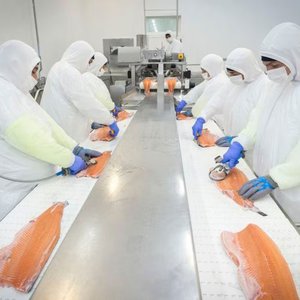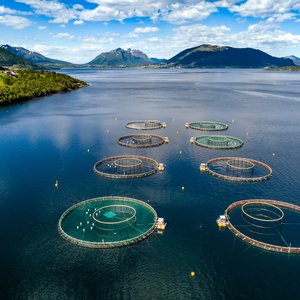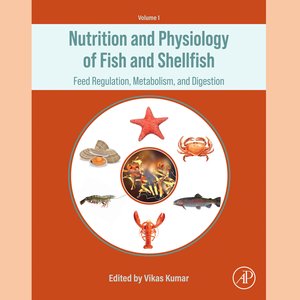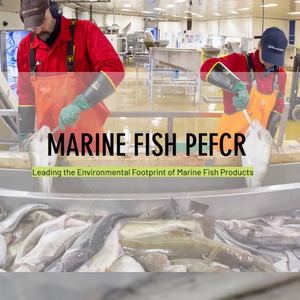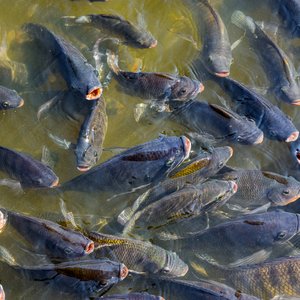dsm-firmenich has released the results of the World Mycotoxin Survey from January to June 2025, with 10,868 samples collected and analyzed from 81 countries around the world, resulting in 53,382 analyses.
The results concluded that deoxynivalenol (DON), zearalenone (ZEN) and fumonisins (FUM) are most frequently found, with the highest regions of mycotoxins found in North, Central and South America, South Asia, China and Taiwan.
Key findings include:
- In North America, livestock is at high risk of exposure to DON and ZEN, with occurrence rates of 78% and 83%, respectively
- In Central and South America, high risk is associated with FUM, with average contamination levels around 2,000 ppb
- South Asia continues to be highly impacted by aflatoxins, detected in 85% of samples
- In the China/Taiwan region, FUM was found in 98% of samples, while East Asia recorded a 100% occurrence rate
- In Central Europe, DON shows a high prevalence of 85%. Southern Europe faces challenges with aflatoxins (54%) and FUM (76%)
Ursula Hofstetter, head of Mycotoxin Risk Management at dsm-firmenich, stated in a press release that “this year's findings once again highlight the widespread and persistent nature of mycotoxin contamination in feed ingredients across the globe. With risks continuing to pose a threat to animal welfare, productivity, and sustainability, proactive risk management and regular monitoring are more important than ever to maintain the profitability of both the feed industry and animal protein production sectors."



